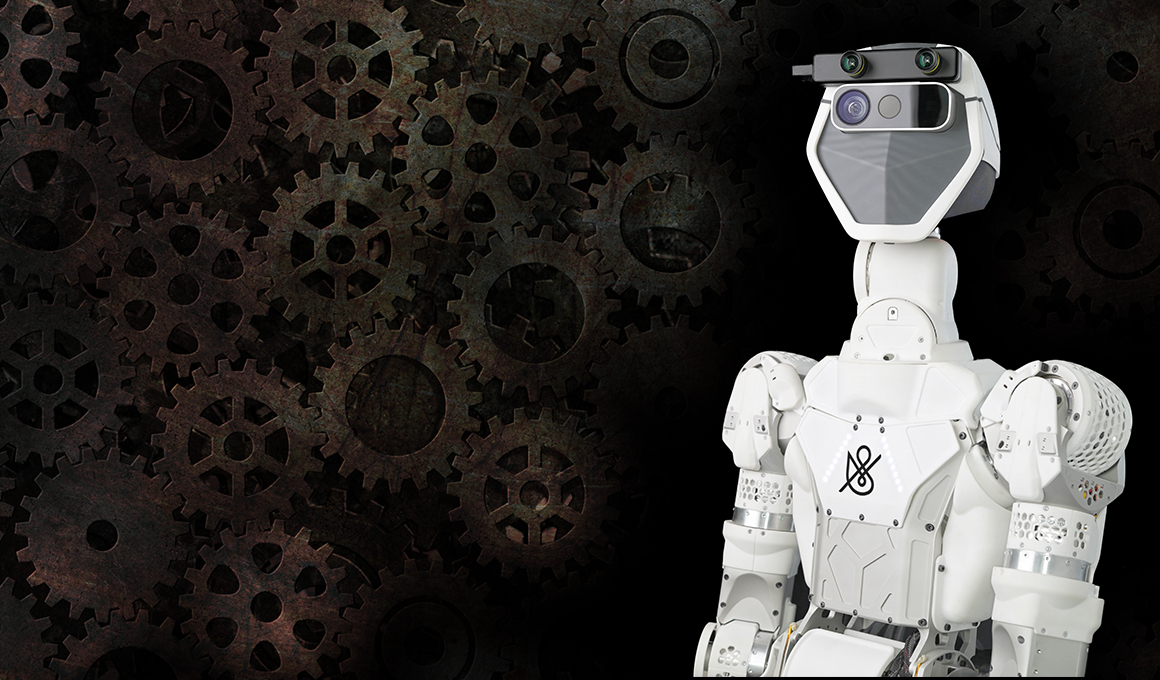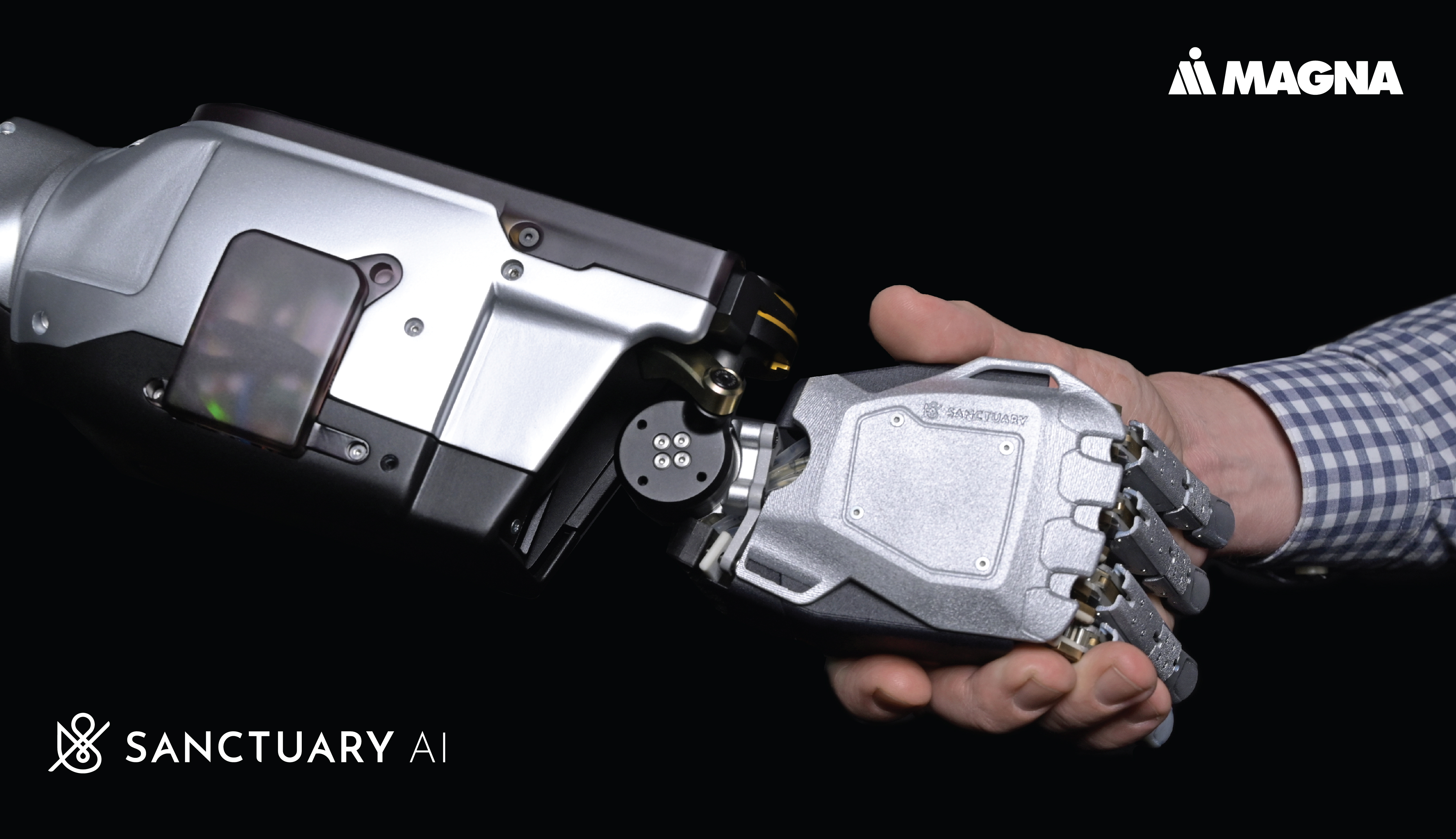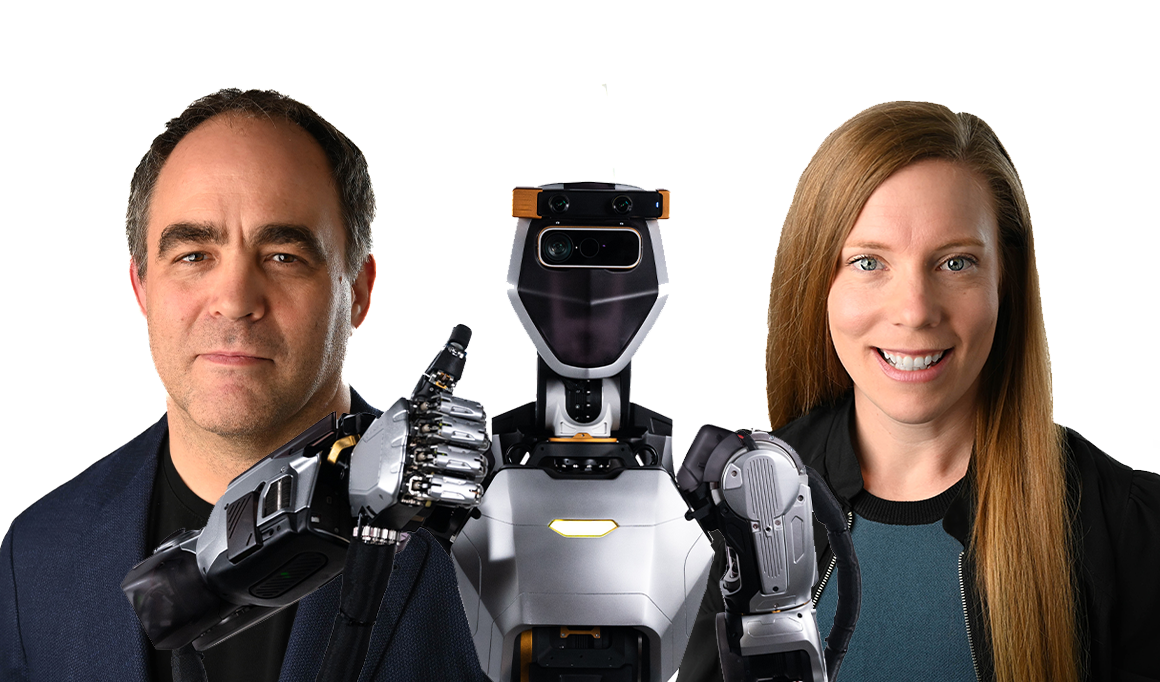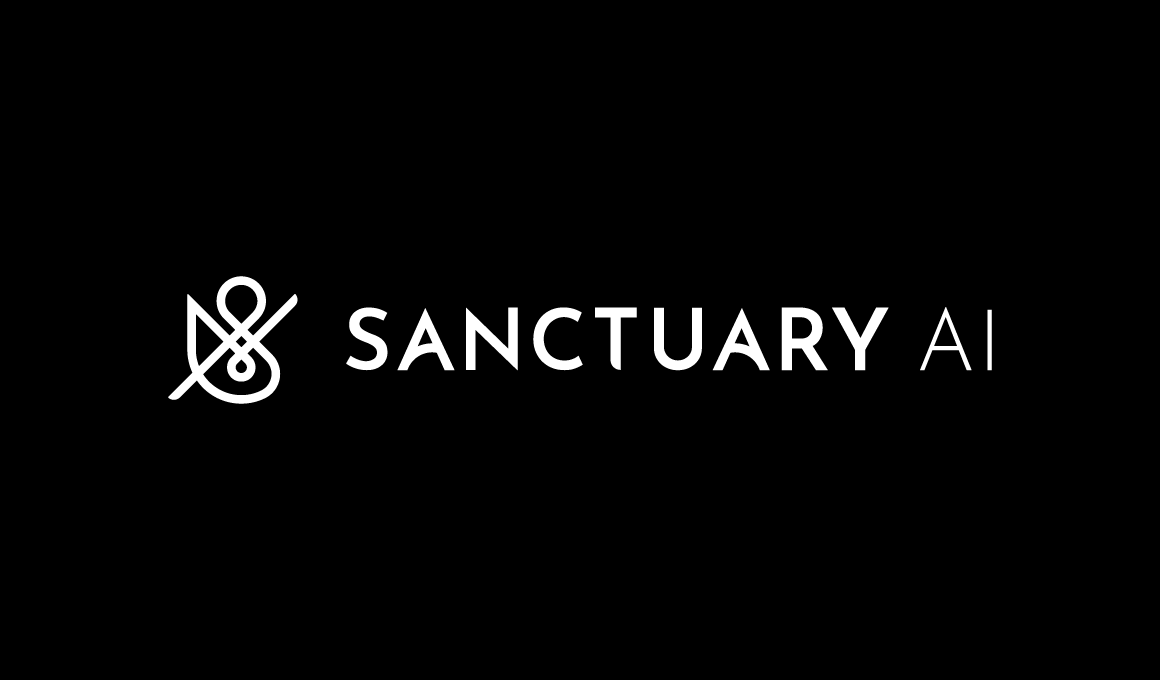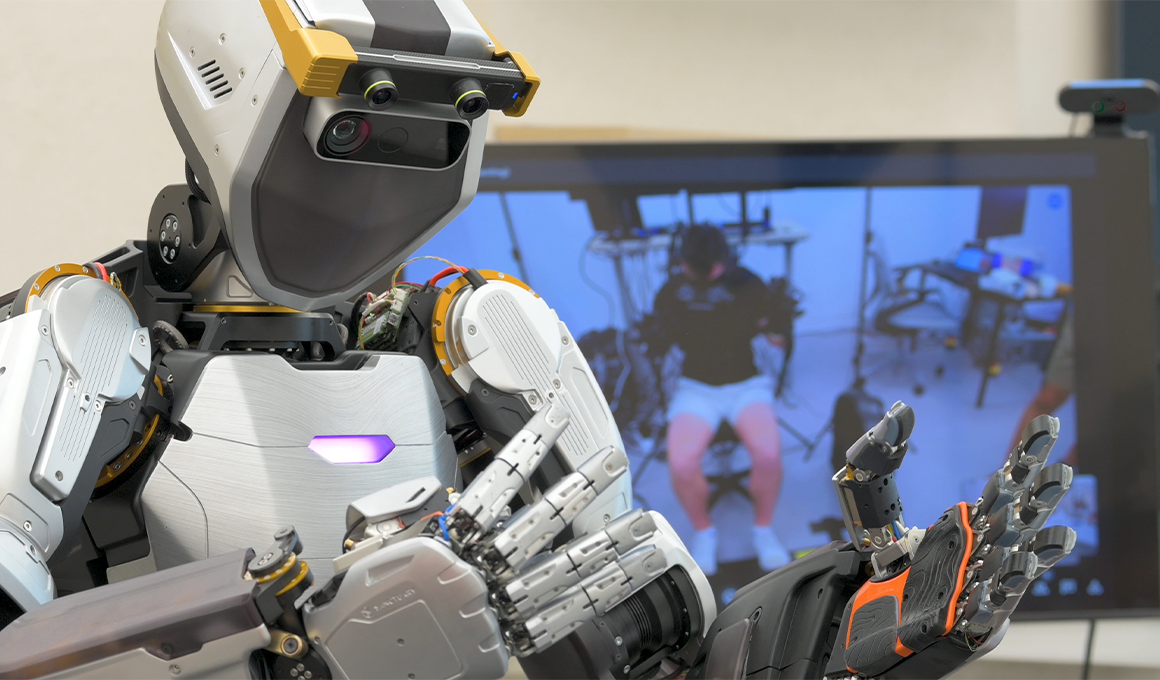
The story of artificial intelligence (AI) and robotics is much more than just a flashy movie drama—there is a fascinating history of real people and companies developing technologies to help solve some of society’s biggest problems. It’s entertaining to get pulled into the allure of pop culture, but it isn’t an accurate representation of what’s going on in the world. In fact, pop culture has distracted from the truth and done a disservice to those who have dedicated their life’s work to the industry, many of whom predate us by decades.
Prior to 1950, conceptions of intelligence were limited exclusively to human and animal intelligence. But a seed was planted during that decade that intelligence could be artificially made. During the 1990s, that concept began to grow as incredible technological advancements were made that enabled ideas to be turned into reality, but it also spurred fantastical tales and dystopian narratives. The hype that circulates around AI and robotics is endless: it’s in the movies we watch and books we read. It’s a story that’s been told from every angle, but one thing has been largely absent: the truth.
Instead of getting caught up in future fantasy, we want to look back at the past. There are major milestones in the history of AI and robotics that have shaped the path of the industry and serve as objective markers in predicting where it’s really headed and how Sanctuary fits into that trajectory.
1942: Isaac Asimov's "Three Laws of Robotics"
Science fiction writer Isaac Asimov introduced these three rules in his short story called “Runaround.”
(1) A robot may not injure a human being or, through inaction, allow a human being to come to harm.
(2) A robot must obey the orders given to it by human beings except where such orders would conflict with the First Law.
(3) A robot must protect its own existence as long as such protection does not conflict with the First or Second Law.
Is it ironic that when telling the story of truth we begin with fiction? Perhaps, but during 1942—a time before the digital revolution—most conversations about AI and robotics were inherently limited to fiction. These laws became cornerstones for discussion on how we should consider agency and autonomy as robots approach human-level intelligence.
1950: The Turing Test
Alan Turing created a standard test used to determine whether or not a machine was capable of thinking like a person. If a computer was able to engage in a conversation without being detected as a machine, it qualified as demonstrating “human intelligence.” The test is simple, but the road to get there is anything but.
A modified version of “The Turing Test” performed on general-purpose robots continues to be the best metric we have for assessing human-like intelligence.
1961: UNIMATE
Invented by Joseph Engelberger and George Devol, UNIMATE was the first mass-produced industrial robot and was first put to use on assembly lines at General Motors in 1961. The specialized robotic arm performed dangerous and repetitive work, including stacking hot pieces of metal.
Special-purpose robots are now used in a number of industries to perform tasks that are unsuitable for human workers, which has created new jobs and reduced physical and mental health risks. UNIMATE paved the way for machines to be used to improve working conditions and safety. Although machines like UNIMATE have undoubtedly prevented a massive number of workplace injuries, their capabilities are only suitable for a small fraction of dangerous work. The technology that Sanctuary is creating will benefit virtually everyone, with unlimited potential to take people out of dangerous work environments and prevent countless tragedies.
1965: DENDRAL
Considered the first “expert system,” DENDRAL was developed by Edward Feigenbaum and Joshua Lederberg at Stanford University. With a specialized purpose in chemical analysis, this AI program could identify the molecular structure of organic compounds, at times even better than human chemists.
DENDRAL is a great example of how powerful narrow AI programs can be. General-purpose systems are able to work on any task, from manual labor to chemical analysis. Sanctuary is creating a platform where AI programs (such as DENDRAL) could potentially be accessed like a knowledge library of incredibly precise experts.
1966: ELIZA
Created by Joseph Weizenbaum at the Massachusetts Institute of Technology, ELIZA was one of the first programs to use natural language processing in a computer program. DOCTOR is the most well-known ELIZA script and was programmed to imitate the Rogerian psychotherapist technique of repeating patient comments back to them as a question. DOCTOR created a convincing illusion of a real conversation, however, ELIZA’s comments were exclusively created based on a set of rules that used information given by the patient with a set of general question responses. For instance, ELIZA may be told “I cannot sleep,” and respond with “What would it mean to you if you got to sleep again?”
Many people walked away from their conversations with ELIZA feeling there was real intelligence and emotional connection. Although that proved not to be the case, ELIZA opened the doors for people to have meaningful conversations with technology. But how much more compelling would conversations with ELIZA have been if the technology physically looked like a doctor? Human embodiment is a concept Sanctuary is exploring as we create human-like intelligence in general-purpose robots.
1966: Shakey the Robot
Developed by SRI International, “Shakey” was the first mobile robot controlled by AI, and had the ability to perceive and reason about its surroundings. Using cameras, sensors, and a program called STRIPS, the robot could move around a location, understand instructions, and direct its own actions.
Shakey demonstrated that physical embodiment is critical for AI to explore and understand the world. In order to have true human-like intelligence, a physical robotic body is essential so the technology can interact with the world in the same way we do.
1982: Alan Kay
Computer scientist Alan Kay delivered a speech at an industry seminar in 1982 where he famously said: “People who are really serious about software should make their own hardware.” The logistics of developing physical hardware are costly and have additional inventory and facility complications compared to software, but taking on that risk is critical for innovating robotics.
Sanctuary technology is the whole stack—we are creating a platform, not just hardware or software. When you think of a computer or a smartphone, the physical device and software are completely integrated into one holistic product that can run a number of applications and software programs. Sanctuary general-purpose robots are also being created on this premise of tightly integrated hardware and software.
1997: Computer beats expert chess player
In 1997, IBM’s Deep Blue special-purpose chess computer defeated the world champion, Garry Kasparov. The games, which took place over several days, were played in a TV studio in front of a sold-out audience.
This was a groundbreaking moment when AI was perceived to have awe-inspiring intelligence. Chess-playing AI is very common now, but the thought that AI can have superintelligence is an incredibly inspiring concept. Imagine how much faster we could arrive at solutions to the biggest problems the world is facing—diseases and climate change, to name a few—if we had thousands of experts focused on the problem 24/7 in the form of AI.
2011: Siri is announced
Apple's virtual assistant Siri deployed speech and AI technologies in a way that helped iPhone users accomplish a variety of tasks. Though Siri represented a “mainstreaming” of AI, it was still only designed to perform narrow, singular tasks.
Siri was one of the first narrow AI applications to become a household name and staple. Virtual assistants now read us the news, tell us the weather, and even give us advice on how to cook and clean. Getting audible help is incredible and still very novel, but imagine if those virtual assistants took physical form in your home. What if asking “what is the best way to clean an oven” didn’t end with the steps being dictated, but a general-purpose robot asking if that’s the task you’d like them to act on next?
These incredible milestones have led us to today, as we find ourselves on the cusp of a new era of AI and robotics. While much of the great work in the field has focused on special-purpose robots, we at Sanctuary see the next market opportunity and are leading the way in human-like intelligence in general-purpose robots.
To some, our mission may seem too ambitious and challenging, but what we’re doing isn’t new. Throughout history, there have been countless game-changing general-purpose technologies—personal computers (PCs), smartphones, and search engines, for example—that won out over their special-purpose predecessors. Sanctuary is part of that same continuum, and it’s where the future of AI and robotics is headed as we turn science-fiction into science-fact.
There are many different learnings from the milestones we outlined, but they all come together in one melting pot that inspires our work at Sanctuary. The past has taught us that in order for new technology to be successful, it must fill genuine needs in society. As Sanctuary makes progress on our mission to create human-like intelligence in general-purpose robots, our goal of helping everyone work more safely, efficiently, and sustainably stays top of mind. Human-like intelligence in machines will be beneficial, not just for some of us, but for all of us.
____
Sanctuary is on a mission to create the world’s first human-like intelligence in general-purpose robots. Join us and work with world leaders in the fields of artificial intelligence, cognition, and robotics—all working together toward a common goal. Visit our careers page to learn more.
